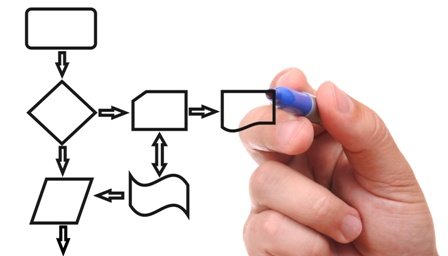| By: Paul S. Cilwa | Viewed: 7/26/2024 Posted: 8/2/2018 |
Page Views: 1006 | |
| Topics: #Organica | |||
| What Organica will be, look like, and do. | |||

The basic premise of Organica, and how it differs from all other shells, is that instead of being bottom-up (starting an app to work on a document) it is top-down (start with the document and do things to it). This is a much more natural way to work. When people begin a project, they say, "Today I am going to write my novel, or plan my vacation, or update my contacts." No one ever gets up n the morning saying, "Today I am going to use Microsoft Word! or Excel! or Outlook!"
No one on this side of the Microsoft testing department, that is.
So: What does this premise look like?
When your computer starts up, you should immediately see your user folder, with its high-level contents such as Music, Pictures and Videos. (You could always add other topics, such as Recipes, Artwork, or Email.
But nowhere is there any sign of something called an "app."
Instead, by drilling down to a document you'd like to work on, you simply read it; or by clicking on a tab or button, instead you could edit it…or play it…or send it to a printer or email contact or nearby cell phone.
Like any sheet of paper, an Organica document can contain any combination of things you like. Words, numbers, spreadsheet cells, captioned photos…the sky's the limit. And formatting will be easy because it's done with CSS (cascading style sheets).
And that works because Organica will be implemented to ride on a web browser!
Thus, Organica requires four different skill sets to implement:
- VB.NET code to write a windows application that contains a web browser control. This app will provide the interface between the user's computer/file system and the embedded web browser control.
- HTML to build and design a "page" to display each and every kind of document.
- CSS to format those pages.
- JavaScript to react to user interaction on the web page and either do something directly, or signal the VB.NET code to do something.
And that's what the following sections will describe.






